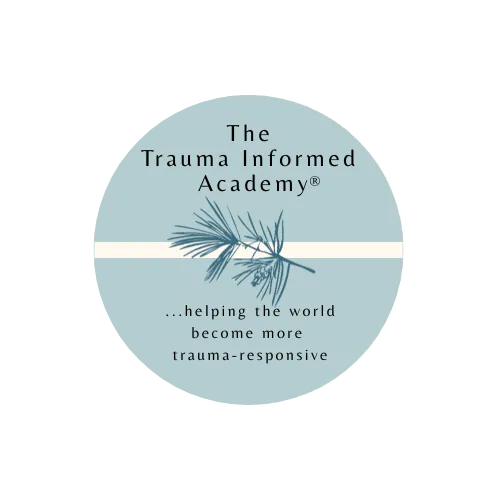

Dominicker Hen Meetings
Why Connection Stops Quiet Cracking
They were like a flock of old Dominicker hens cluttering up in the yard—going willy-nilly wild, pecking in the dirt until something spooks them. Then they cluster up whining until one gets too close to another and all hell breaks loose. It's an explosion of feathers and racket!
When they settle down, not one thing has been accomplished.
That's what I see at a lot of meetings. People talking over each other so much it sounded like a collision between tin pans and a crate of ducks!
That, right there, is where quiet cracking starts—when people are together but not connected.
Research shows that only 26% of employees experiencing quiet cracking feel valued and recognized at work. Compare that to 80% of those NOT quietly cracking.
Here's another gut punch: 47% of employees who are quietly breaking down say their managers don't listen to their concerns.
Dr. Jean Baker-Miller taught us about the Five Good Things in growth-fostering relationships: Energy, Worth, Clarity, Productivity, and Desire for More Connection.
When you lack these—especially that sense of worth—you start eroding from the inside out.
Connection--positive connection--is how we heal from overwhelm. It's how we build resilience. Whether you're a leader or an employee, the answer starts with genuine connection.
You can't fix quiet cracking with pizza parties. You fix it by building real relationships where people experience those Five Good Things every day.
Get those Dominicker Hens calmed down and chortling quietly as they set on their nests.
Let's build connection: Explore coaching



Email our Admin:
©Copyright 2025 EPower & Associates, Inc. All Rights Reserved.
Privacy Policy | Terms of Use
Featured On...


